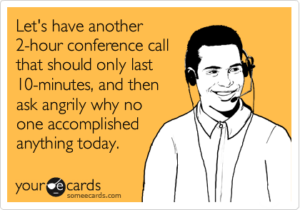I read a product review this week where the company referred to themselves as a provider of “bespoke” data analytics. I had never heard that term used in the context of data analytics, or software specifically. However, when I googled the term, I found many companies using it in their marketing language, but no reference to it by the people who write about data analytics or software. This led me to start thinking about my experiences managing data integration software projects and how my customers view the solutions.
The projects that I’ve worked on in the last couple of years have primarily been data integration projects where we are combining multiple datasources into a single data warehouse and then leveraging that data to deliver data insights. The platform has some standard integration components that you can leverage, but there is also room for quite a bit of custom development. In every implementation, I have had conversations about what “standard” tools are available and what capabilities can be developed custom. On one hand, once these customers start reviewing the available tools, the first questions asked are usually about how we can customize those tools to their business. Each customer self-identifies as a unique even though most are within the same overall industry. There are always unique scenarios for each customer that needs to be accounted for.

http://www.giandecaro.com/img/background-bespoke.jpg
On the other hand, customization takes time and effort, regardless of whether the work is done in house or by external consultants. Where does that leave us if our customers want/need something specific to their business but don’t want or can’t invest the time and money to do so?
I think as integration partners, we are probably looking at the entire product management and implementation process incorrectly. Our customers need a balance of standard tools that they can quickly customize to their specific needs along with partners who will work with them to develop custom solutions for new or innovative work. This is similar to the idea of leveraging a template to develop your website, but then be able to customize your experience by changing colors or adding widgets that extend the template capabilities. We can think of these types of products as “semi-homemade.”
Semi-homemade is a term used heavily by Sandra Lee regarding her cooking style. She leverages pantry staples and other ingredients and creates amazing dishes. By not having everything made from scratch, Sandra Lee reduces the cooking & prep time but is still able to deliver tasty dishes people want to eat. If we apply the same principles to data analytics, I think we can definitely leverage some basic tools that we allow people to extend or meld, which result in delivering data insights without the pain of everything being a custom solution.
It’s time to shift our mindset away from solely developing out of the box solutions, or solely developing custom solutions. Product and services should be working together to build base tools that are easily extended to meet the changing needs of our customers. We won’t totally eliminate the need for custom solutions, or new products for that matter. But we will more quickly be able to meet the changing needs of our customers.


